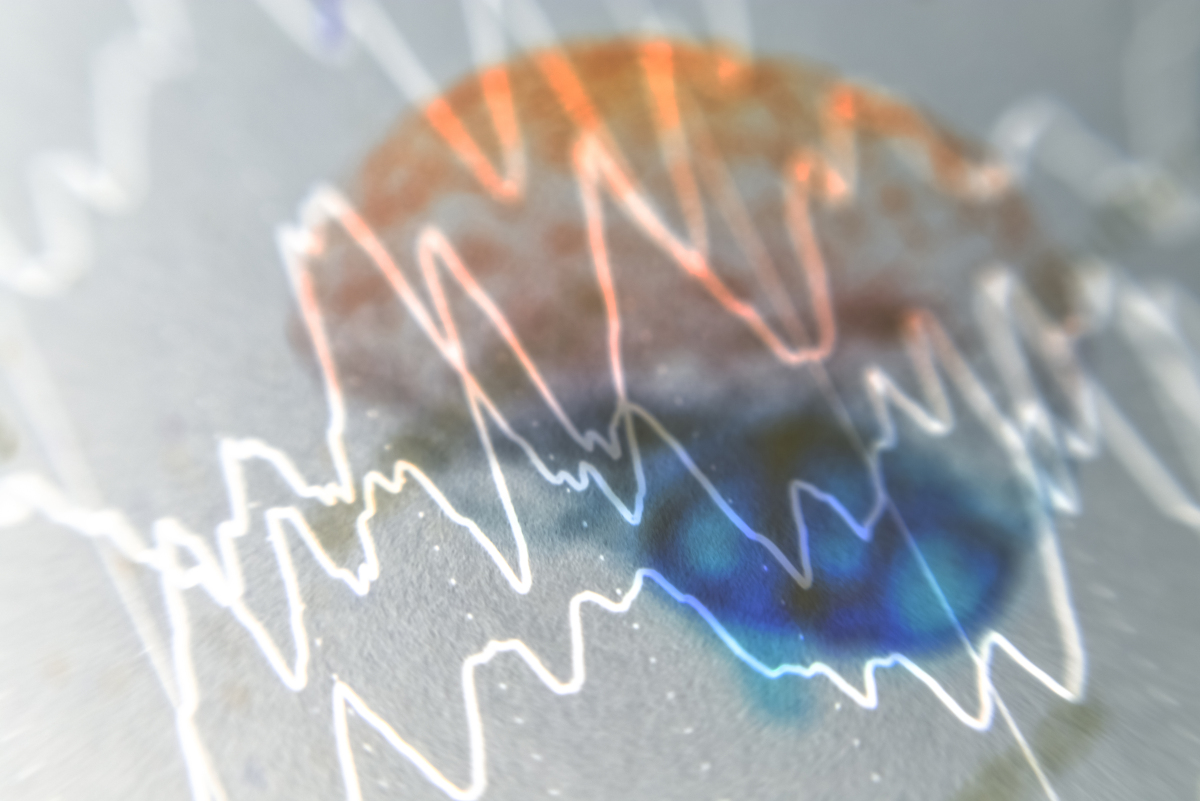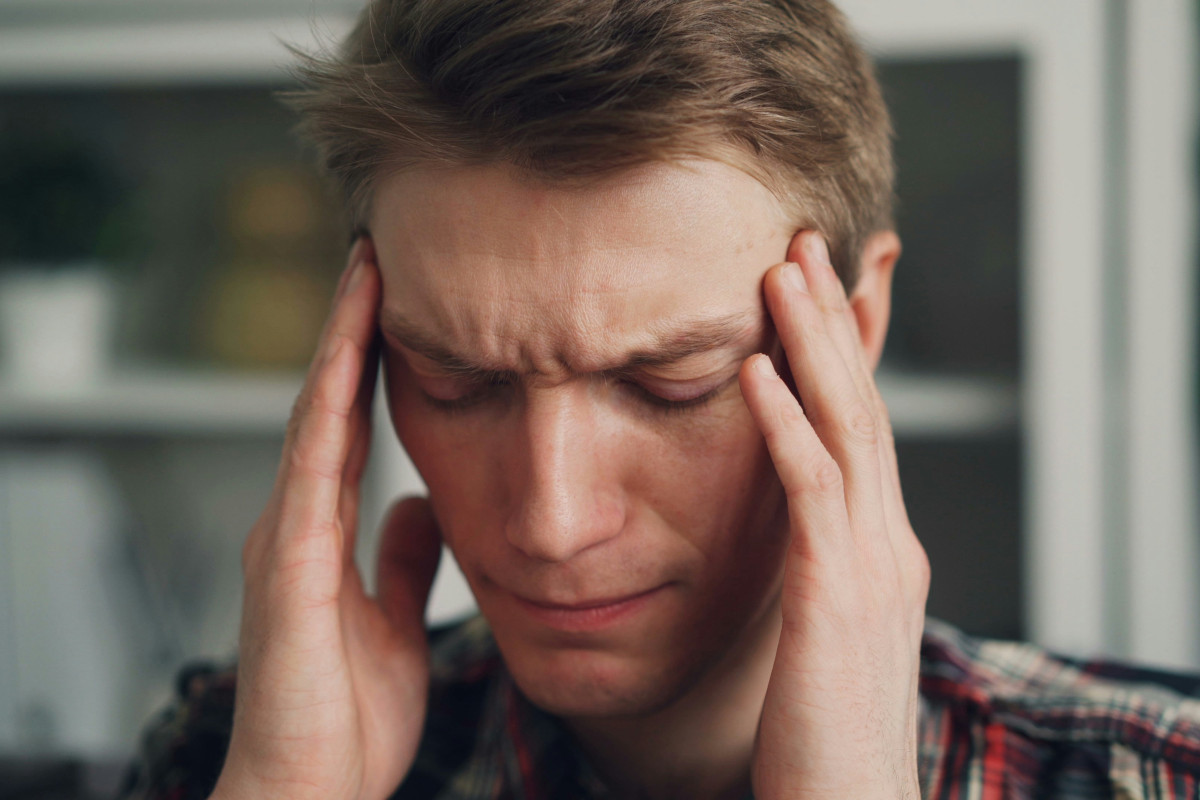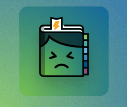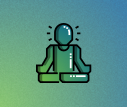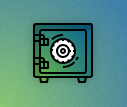Working from home without headaches – this is how it’s done
Before 2020, working from home was not especially common. Only very few professional groups, in areas such as insurance, marketing, or IT, carried out their work at home. With the beginning of the coronavirus pandemic, this suddenly changed. For many jobs, in which employees being physically present was not strictly necessary, working from home was introduced. Initially, this happened somewhat clumsily, as so many employees were affected at once and the transition had to be carried out very suddenly.
-
References
Allen TD, Golden TD, Shockley KM. How Effective Is Telecommuting? Assessing the Status of Our Scientific Findings. Psychol Sci Public Interest. 2015 Oct;16(2):40-68. doi: 10.1177/1529100615593273. PMID: 26403188.
Appel-Meulenbroek R, Voulon T, Bergefurt L, Arkesteijn M, Hoekstra B, Jongens-Van der Schaaf P. Perceived health and productivity when working from home during the COVID-19 pandemic. Work. 2023 Apr 20. doi: 10.3233/WOR-220575. Epub ahead of print. PMID: 37092204.
Cropley M, Rydstedt LW, Andersen D. Recovery from work: testing the effects of chronic internal and external workload on health and well-being. J Epidemiol Community Health. 2020 Nov;74(11):919-924. doi: 10.1136/jech-2019-213367. Epub 2020 Jul 8. PMID: 32641406; PMCID: PMC7576576.
Cropley M, Weidenstedt L, Leick B, Sütterlin S. Working from home during lockdown: the association between rest breaks and well-being. Ergonomics. 2023 Apr;66(4):443-453. doi: 10.1080/00140139.2022.2095038. Epub 2022 Jul 12. PMID: 35762878.
Hunter EM, Wu C. Give me a better break: Choosing workday break activities to maximize resource recovery. J Appl Psychol. 2016 Feb;101(2):302-11. doi: 10.1037/apl0000045. Epub 2015 Aug 10. PMID: 26375961.
Li C, Zhang L, Zhou J, Fan Z, Wang Y, Wang X, Wang W, Yu S. Prevalence of primary headache disorders among information technology staff in China: the negative effects of computer use and other correlative factors. BMC Public Health. 2020 Apr 5;20(1):443. doi: 10.1186/s12889-020-08497-9. PMID: 32248815; PMCID: PMC7132864.
Mann, S., and L. Holdsworth. 2003. “The Psychological Impact of Teleworking: Stress, Emotions and Health.” New Technology, Work and Employment 18 (3): 196–211. doi:10. 1111/1468-005X.00121.
Neidlinger SM, Felfe J, Schübbe K. Should I Stay or Should I Go (to the Office)?-Effects of Working from Home, Autonomy, and Core Self-Evaluations on Leader Health and Work-Life Balance. Int J Environ Res Public Health. 2022 Dec 20;20(1):6. doi: 10.3390/ijerph20010006. PMID: 36612327; PMCID: PMC9819704.
Querstret D, Cropley M. Exploring the relationship between work-related rumination, sleep quality, and work-related fatigue. J Occup Health Psychol. 2012 Jul;17(3):341-53. doi: 10.1037/a0028552. PMID: 22746369.
Sato K, Hayashino Y, Yamazaki S, Takegami M, Ono R, Otani K, Konno S, Kikuchi S, Fukuhara S. Headache prevalence and long working hours: the role of physical inactivity. Public Health. 2012 Jul;126(7):587-93. doi: 10.1016/j.puhe.2012.02.014. Epub 2012 Jun 20. PMID: 22721815.
Vega, R. P., A. J. Anderson, and S. A. Kaplan. 2015. “A within- Person Examination of the Effects of Telework.” Journal of Business and Psychology 30 (2): 313–323. doi:10.1007/ s10869-014-9359-4.
Wütschert MS, Romano-Pereira D, Suter L, Schulze H, Elfering A. A systematic review of working conditions and occupational health in home office. Work. 2022;72(3):839-852. doi: 10.3233/WOR-205239. PMID: 35599524; PMCID: PMC9398062.



